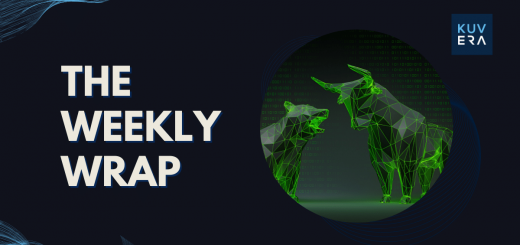|
|
|
|
|
|
Happy investing,
Gaurav
CEO | kuvera.in | @rustapharian
Love our blog? Share it with friends (sample tweet | WhatsApp)
 |
Feature Showcase: Tax HarvestingTax Harvesting is a technique that utilises the ₹1 Lakh annual LTCG exemption by selling and buying back part of your investment such that you “realise” gains and not pay taxes on them. At a 10% LTCG tax rate, you could save up to Rs 10,000 in LTCG taxes every year by doing this diligently.
Do not wait for February / March of FY21 to harvest taxes. Do it as early in the financial year as possible – as happened in FY20 you may not have gains later to harvest!
Like all our features, Tax Harvesting optimizes on your entire portfolio – bought on Kuvera or imported from elsewhere.
Start harvesting today.
|
Interested in how we think about the markets?
Read more: Zen And The Art Of Investing
Watch/hear on YouTube:
Start investing through a platform that brings goal planning and investing to your fingertips. Visit kuvera.in to discover Direct Plans and start investing today.









